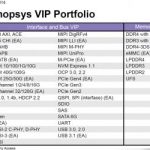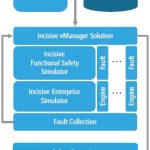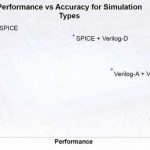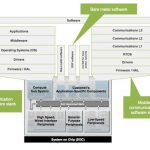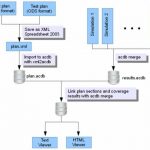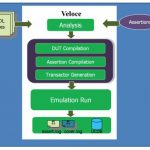It’s likely that most of the current Semiwiki readers didn’t read this article posted in 2011, comparing Cadence and Synopsys with the Soviet Union and the USA, sharing the world in 1944 during the Yalta Conference. I was explaining in my post that Synopsys’s strong influence was on Design IP when Cadence’s preferred domain was … Read More
Tag: verification
Ensuring Safety Distinctive Design & Verification
In today’s world where every device functions intelligently, it automatically becomes active on any kind of stimulus. The problem with such intelligence is that it can function unfavorably on any kind of bad stimulus. As the devices are complex enough in the form of SoCs (which at advanced process nodes are more susceptible to … Read More
Verilog-AMS connects T-SPICE and Riviera-PRO
With advances in available IP, mixed signal design has become much easier. Mixed signal verification on the other hand is becoming more complicated. More complexity means more simulation, and in the analog domain, SPICE-based techniques grinding away on transistor models take a lot of precious time. Event-driven methods like… Read More
An Approach to Top-Down SoC Verification
We’ve blogged dozens of times about UVM– Universal Verification Methodology at SemiWiki, and all of the major EDA vendors support UVM, so you may be lulled into thinking that UVM is totally adequate for top-down SoC verification. Yesterday I had a phone discussion with Frank Schirrmeister of Cadence about a new approach… Read More
Verification plans overcome hope-based coverage
Coverage is an important yet elusive metric for design verification. It often seems 90% of coverage comes with 10% of the effort, and getting the final 10% covered takes the remaining 90% of a project. Usually, it takes another tool or methodology to get at the 10% the first tool missed. With 100% closure difficult, most teams inspect… Read More
Improving Verification by Combining Emulation with ABV
Chip deadlines and the time to achieve sufficient verification coverage run continuously in a tight loop like a dog chasing its tail. Naturally it is exciting when innovative technologies can be combined so that verification can gain an advantage. Software based design simulators have been the mainstay of verification methodologies.… Read More
Mentor Wins v Synopsys
Just a couple of days ago I read a curious press release.Mentor Graphics Corp. (NASDAQ: MENT), today announced that a Portland, Oregon jury delivered a verdict in favor of Mentor in a trial in which Mentor asserted infringement of one of its patents against Emulation and Verification Engineering S.A. (EVE) and Synopsys, Inc. (Nasdaq:… Read More
A Complete Timing Constraints Solution – Creation to Signoff
With the unprecedented increase in semiconductor design size and complexity design teams are required to accommodate multiple design constraints such as multiple power domains for low power design, multiple modes of operation, many clocks running, and third party IPs with different SDCs. As a result timing closure has become… Read More
Synopsys Verification Continuum
Verification spans a number of different technologies, from virtual platforms, RTL simulation, formal techniques, emulation and FPGA prototyping. Going back a few years, most of these technologies came from separate companies and one effect of this was that moving the design from one verification environment to another required… Read More
Transceiver Verification of a 20nm Altera FPGA Device
FPGA devices are a great way to drive silicon technology development because they contain both digital and analog IP, along with sophisticated IO cells. The highest performance IOs are transceivers, and Altera has recently designed the Arria 10 device family to include up to 96 transceivers, using a 20nm technology that can achieve… Read More


